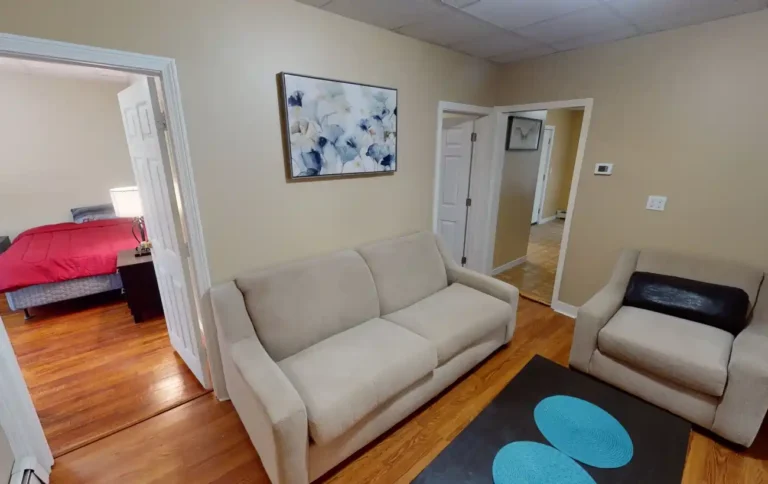
They may also assist residents in finding employment, allowing them to defer payments. https://ecosoberhouse.com/boston-sober-house-dorchester/ This approach makes sober living more attainable for those lacking immediate funds. It is important to understand that these facilities are much more than places for sober people to sleep. Addiction experts recommend that anyone in sober living work actively to address their addiction issues.

How Much Do Sober Living Home Programs Cost?

Some sober houses provide forms of peer-led counseling or promotion of 12-step programs as favored by organizations such as Alcoholics Anonymous. They also tend to be affiliated with addiction treatment centers that provide outpatient programs. Most homestays will cost between $500 to $1,200 monthly, with all services included.

Characteristics of Sober Living Houses
Recognition of the importance of one’s living environment led to a proliferation of inpatient and residential treatment programs during the 1960′ and 70’s (White, 1998). The idea was to remove clients from destructive living environments that encouraged substance use and create new social support systems in treatment. Some programs created halfway houses where clients could reside after they completed residential treatment or while they attended outpatient treatment. A sober living house acts as a bridge between residential treatment and returning to daily life.
Who Should Consider A Sober Living Home?
Halfway houses, like other recovery and sober-living houses, are intended to gently reintroduce tenants back into Sober House society, free from the pressures and triggers of a potentially dangerous home environment. Halfway houses are very similar to other sober-living residences, and it’s no surprise that people often confuse them. Ethos Structured Sober Living is an all male community in recovery located in the heart of West Los Angeles. Our primary purpose is to foster long-term sobriety through the cultivation of accountability, camaraderie, & character development. We do not receive any commission or fee that is dependent upon which treatment provider a caller chooses.

Recovery residences are less expensive than living at a rehabilitation facility or detox center because fewer services are offered. But many sober homes require residents to attend support group meetings or participate in 12-step programs or outpatient treatment, which may be an additional cost for residents to consider. Sober living homes are structured, safe and substance-free living environments for individuals in recovery. They are also commonly known as sober houses, recovery homes, halfway houses or recovery residences. However, sober living houses are not covered under insurance since they do not provide treatment services and thus aren’t considered rehabilitative facilities.
Usually, residents have recently completed inpatient or intensive outpatient treatment for substance use addiction. Sometimes, sober living houses also act as a stand-alone approach for substance misuse problems, meaning that someone will go straight there without first attending a residential treatment center. Sober living houses and halfway houses are often used interchangeably as they both provide a substance-free living environment for those suffering from addiction. Differences between the two can stem from funding, length of stay, and requirements to apply to live there. Sober living homes typically do not limit the length of stay and may not require previous attendance in a formal addiction treatment program.
- Halfway houses are often designed specifically for those that received treatment for addiction to drugs or alcohol while in prison.
- In addition to studying a larger number of offenders, we hope to explore an innovative intervention designed to improve outcomes for these residents in terms of employment, arrests, and other areas.
- One way they do this is by structuring their rooms for a semi-private living situation (meaning two people will often share a room).
